Teaching Mathematics in the Visible Learning Classroom, Grades 6-8, Mar/2019
| Author(s) | John T. Almarode, Douglas B. Fisher, Joseph Assof, Sara Delano Moore, John Hattie, Nancy Frey |
| ISBN10 | 1544333188 |
| ISBN13 | 9781544333182 |
| Format | Paperback |
| Pages | 264 |
| Year Publish | 2019 March |
Synopsis
Select the right task, at the right time, for the right phase of learning
It could happen in the morning during homework review. Or perhaps it happens when listening to students as they struggle through a challenging problem. Or maybe even after class, when planning a lesson. At some point, the question arises: How do I influence students' learning—what’s going to generate that light bulb “aha” moment of understanding?
In this sequel to the megawatt best seller Visible Learning for Mathematics, John Almarode, Douglas Fisher, Nancy Frey, John Hattie, and Kateri Thunder help you answer that question by showing how Visible Learning strategies look in action in the mathematics classroom. Walk in the shoes of middle school teachers as they engage in the 200 micro-decisions-per-minute needed to balance the strategies, tasks, and assessments seminal to high-impact mathematics instruction.
Using grade-levelled examples and a decision-making matrix, you’ll learn to
- Articulate clear learning intentions and success criteria at surface, deep, and transfer levels
- Employ evidence to guide students along the path of becoming metacognitive and self-directed mathematics achievers
- Use formative assessments to track what students understand, what they don’t, and why
- Select the right task for the conceptual, procedural, or application emphasis you want, ensuring the task is for the right phase of learning
- Adjust the difficulty and complexity of any task to meet the needs of all learners
It’s not only what works, but when. Exemplary lessons, video clips, and online resources help you leverage the most effective teaching practices at the most effective time to meet the surface, deep, and transfer learning needs of every student.
About The Authors:
Dr. John Almarode has worked with schools, classrooms, and teachers all over the world. John began his career in Augusta County, Virginia, teaching mathematics and science to a wide-range of students. Since then, he has presented locally, nationally, and internationally on the application of the science of learning to the classroom, school, and home environments. He has worked with hundreds of school districts and thousands of teachers across the world. The work of John and his colleagues has been presented to the United States Congress, The United States Department of Education, as well as the Office of Science and Technology Policy at The White House. John has authored multiple articles, reports, book chapters, and books. However, what really sustains John, and his greatest accomplishment is his family. John lives in Waynsboro, Virginia with his wife Danielle, a fellow educator, their two children, Tessa and Jackson, and Labrador retrievers, Angel and Forest.
Douglas Fisher, Ph.D., is Professor of Educational Leadership at San Diego State University and a teacher leader at Health Sciences High & Middle College. He is the recipient of an IRA Celebrate Literacy Award, NCTE’s Farmer Award for Excellence in Writing, as well as a Christa McAuliffe Award for Excellence in Teacher Education.
Joseph Assof is an 11th and 12th grade mathematics teacher and the math department chair at Health Sciences High and Middle College in San Diego, CA. He leads his department’s reform efforts to align to the Common Core Standards – with a focus on high quality instruction. He is a member of the San Diego County Math Leaders Task Force, whose mission is to support every student in meeting the rigorous expectations of the Common Core. Joseph’s classroom is featured in a number of Visible Learning for Mathematics, Grades K-12 videos.
Sara Delano Moore is an independent mathematics education consultant at SDM Learning. A fourth-generation educator, her work focuses on helping teachers and students understand mathematics as a coherent and connected discipline through the power of deep understanding and multiple representations for learning. Sara has worked as a classroom teacher of mathematics and science in the elementary and middle grades, a mathematics teacher educator, Director of the Center for Middle School Academic Achievement for the Commonwealth of Kentucky, and Director of Mathematics & Science at ETA hand2mind. Her journal articles appear in Mathematics Teaching in the Middle School, Teaching Children Mathematics, Science & Children, and Science Scope.
Professor John Hattie is an award-winning education researcher and best-selling author with nearly 30 years of experience examining what works best in student learning and achievement. His research, better known as Visible Learning, is a culmination of nearly 30 years synthesizing more than 1,500 meta-analyses comprising more than 90,000 studies involving over 300 million students around the world. He has presented and keynoted in over 350 international conferences and has received numerous recognitions for his contributions to education. His notable publications include Visible Learning, Visible Learning for Teachers, Visible Learning and the Science of How We Learn, Visible Learning for Mathematics, Grades K-12, and, most recently, 10 Mindframes for Visible Learning.

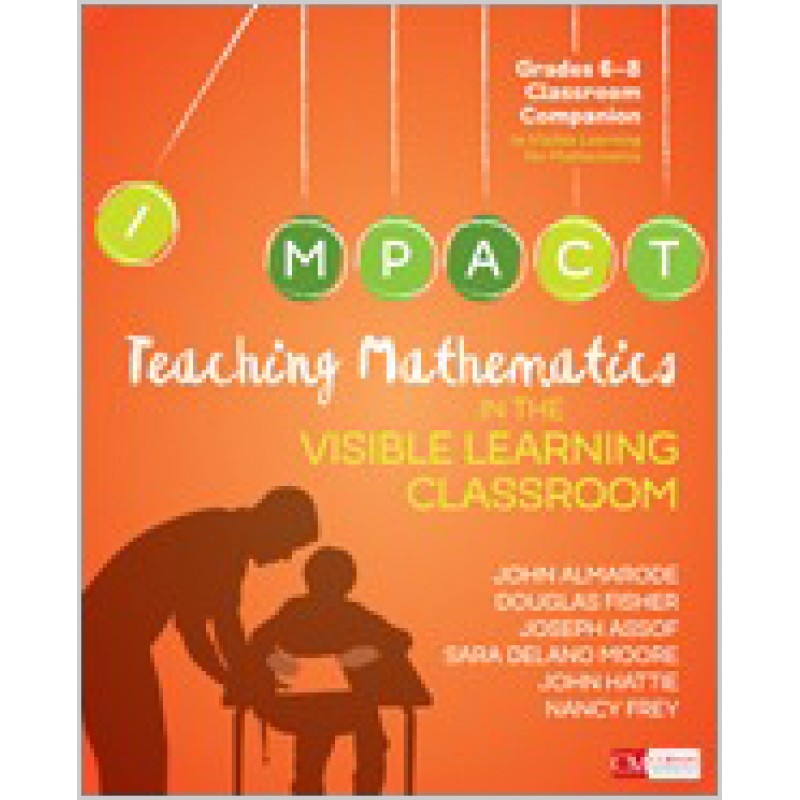
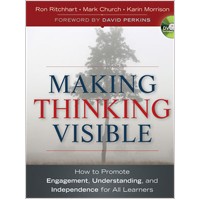
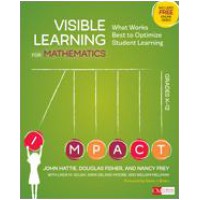
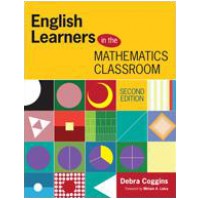
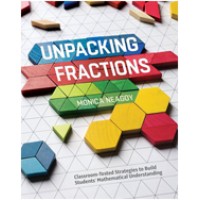
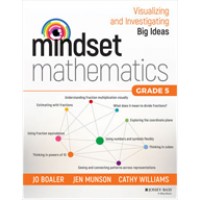
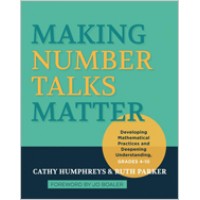
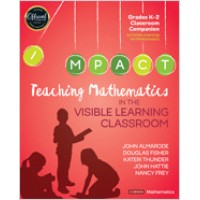
![The Five Practices in Practice [Middle School]: Successfully Orchestrating Mathematics Discussions in Your Middle School Classroom, May/2019 The Five Practices in Practice [Middle School]: Successfully Orchestrating Mathematics Discussions in Your Middle School Classroom, May/2019](https://www.cobee.com.sg/image/cache/data/9781544321189%20copy-200x200.jpg)